Rising high above the Canadian plains, the Canadian Museum for Human Rights was conceived as the world’s first museum dedicated to human rights. Located on the street that is named for the late Israel Asper, a Canadian philanthropist who had a dream that came to fruition when the human rights center opened on September 20, 2014 in The Forks area of Winnipeg, Though he did not live to see his vision come to exist, his family and others brought forth the site where the Red and Assiniboine Rivers meet. 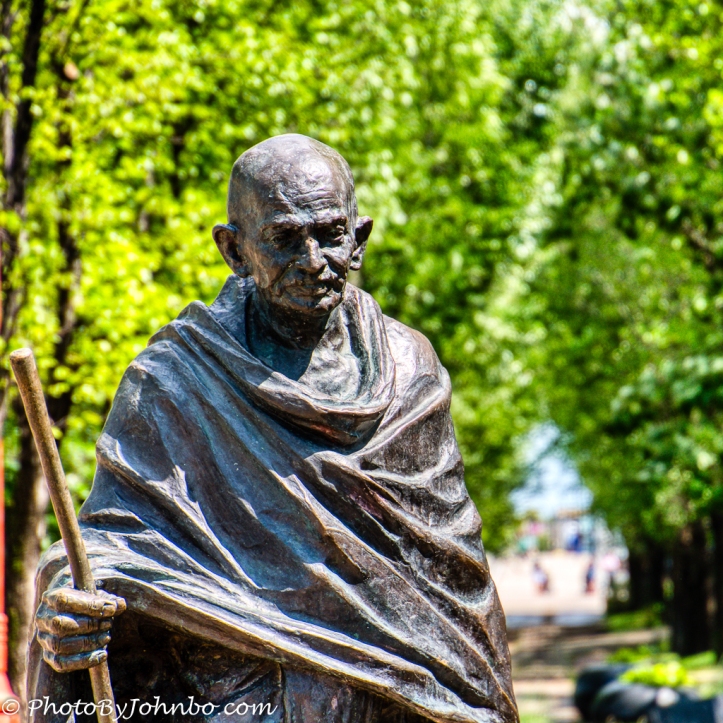 On July 3, 2010, Her Majesty Queen Elizabeth II unveiled the cornerstone that she personally selected from Runnymede, the location of the sealing of the Magna Carta in 1215. That document is a landmark human rights charter and the choice of a stone from there was certainly a fitting tribute to the first museum to be built outside of the national capital region.
On July 3, 2010, Her Majesty Queen Elizabeth II unveiled the cornerstone that she personally selected from Runnymede, the location of the sealing of the Magna Carta in 1215. That document is a landmark human rights charter and the choice of a stone from there was certainly a fitting tribute to the first museum to be built outside of the national capital region.
Architecturally, the building consists of curved lines and irregular surfaces. Each of the uniquely shaped pieces of glass were custom cut. The 1,335 pieces, each uniquely shaped, resulted in expansive views in those areas at the museum’s exterior walls. Who wouldn’t enjoy their job sitting at one of the desks in the office area shown in the image above? The gallery of images included features a couple of views from the top of the observation tower.
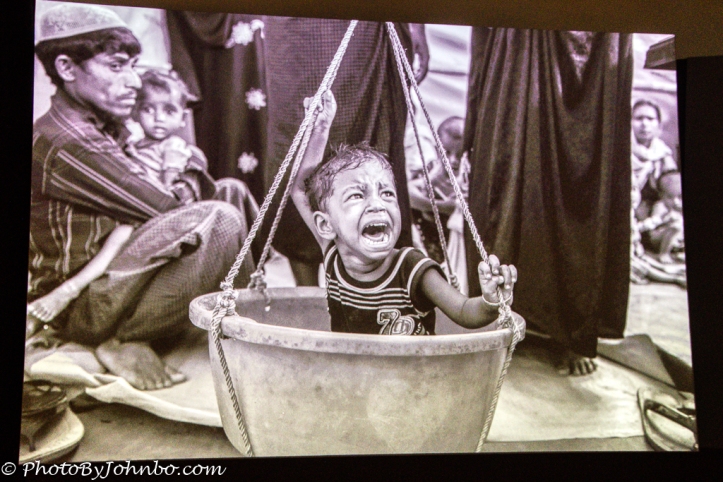 The museum isn’t about architecture or construction techniques. It’s about the rights of all human beings to be free and equal in dignity and rights. In both static and interactive exhibits, the walk through the museum is guided by ramps that allow people to move ever upward from the main floor of the museum to the top floor and a view of the city from the observation deck. Some exhibits are permanent, others focus on current human rights issues. Stories such as Rohingya Women’s Call for Justice and the Genocide against the Tutsi in Rwanda are examples.
The museum isn’t about architecture or construction techniques. It’s about the rights of all human beings to be free and equal in dignity and rights. In both static and interactive exhibits, the walk through the museum is guided by ramps that allow people to move ever upward from the main floor of the museum to the top floor and a view of the city from the observation deck. Some exhibits are permanent, others focus on current human rights issues. Stories such as Rohingya Women’s Call for Justice and the Genocide against the Tutsi in Rwanda are examples.
At the time of our visit, one of the featured exhibitions on display was Mandela: Struggle for Freedom. After 27 years of imprisonment, upon his release, he worked to build a better South Africa and witnessed the country’s first democratic elections. Though the exhibit closed at the Human Rights Museum in August, it is moving around the country and was in Toronto until January 5, 2020. You can view a synopsis of the exhibition here.
In the United States, I’ve featured stories of the Native American resident schools where Indian children were taken from their families and housed in boarding schools for indoctrination. An exhibit featured on our visit told me that this concept was also a blot on Canadian history as well. As you move through the museum, the number of incidents and degrees of inhumanity to others unfortunately says much about humankind through the centuries. The museum is a “must stop” on your visit to Winnipeg, but be prepared to be disappointed in mankind on a world-wide basis. Details about hours of operation, tours, fees and other important information for visitors can be found here.
I submit for your review and without comment, a collection of images captured on our visit to the museum. If your browser supports it, you can click on an image to enlarge it and to scroll through the gallery.
John Steiner

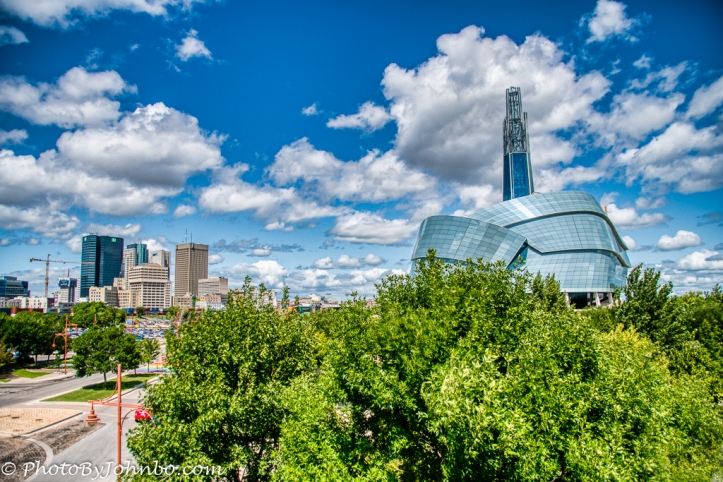
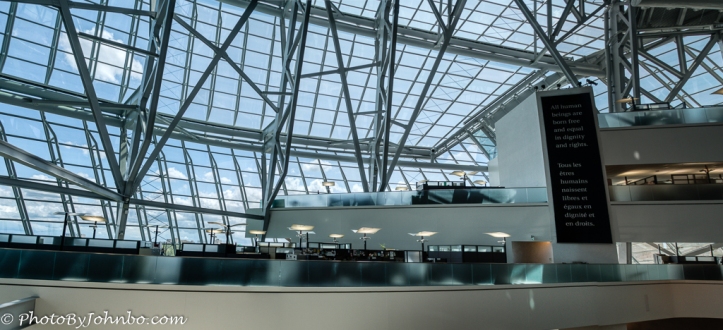
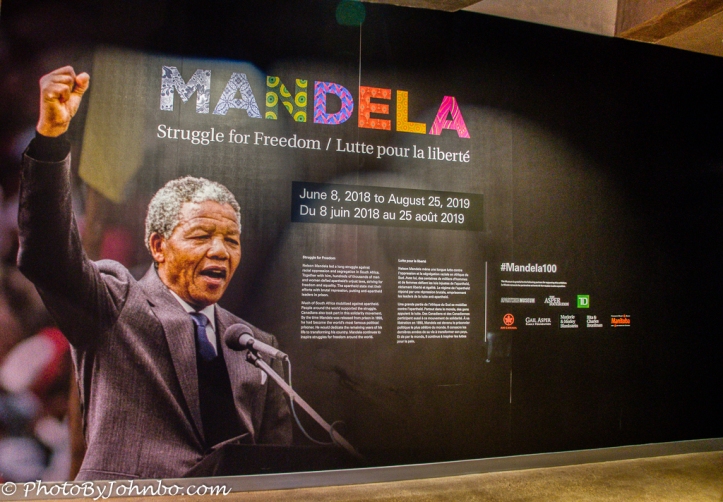

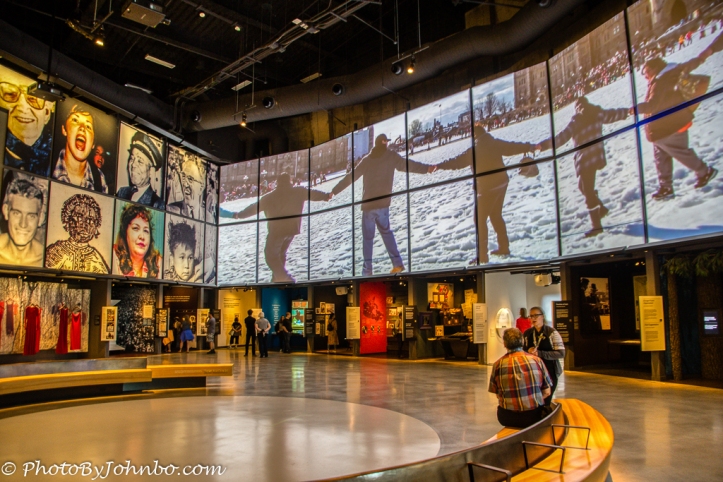
















[…] Canadian Museum for Human Rights – Inspiring a Global Dialog […]